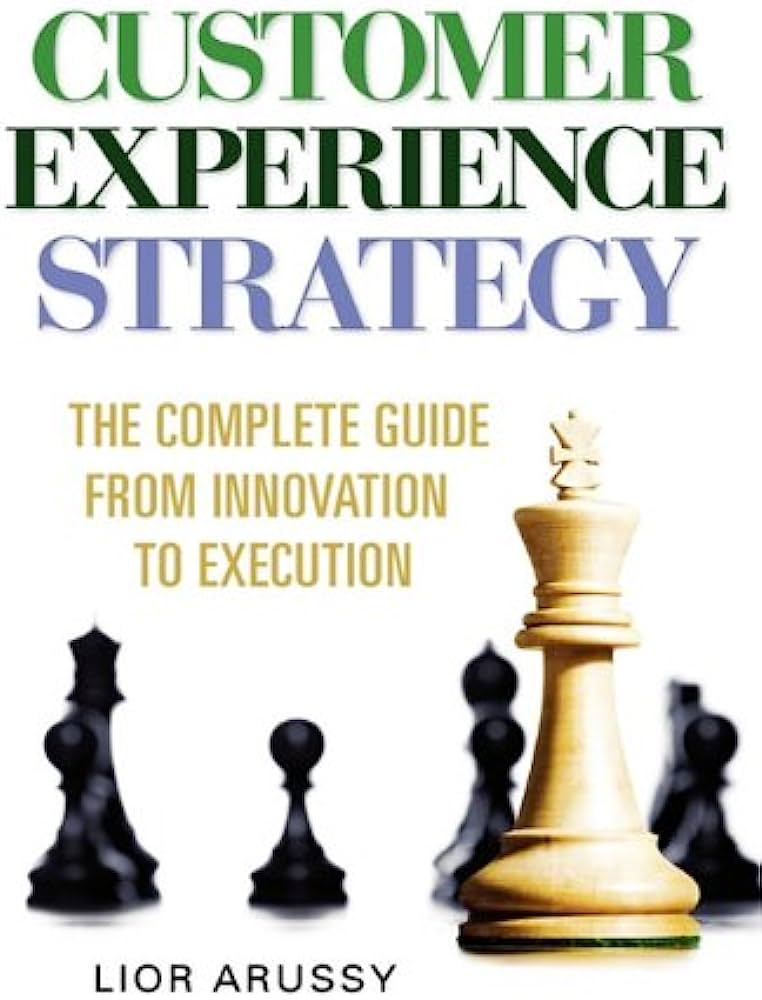The Culture Code: The Secrets of Highly Successful Groups
RATING


In the book The Culture Code: The Secrets of Highly Successful Groups, author Daniel Coyle takes a unique approach to exploring how team cultures are developed and how leaders’ decisions and environmental circumstances help to build successful cultures. The book builds its theory by providing plenty of case study examples of teams which have had monumental success, and how they do it. Daniel Coyle is a contributing editor for Outside magazine and the author of six books, including the New York Times bestseller, Lance Armstrong’s War.
The Culture Code is a book focused on outlining and exploring several key attributes that create the foundation and pillars of successful teams. The book provides many examples of how and why highly successful teams work in industry areas ranging from sports teams to military to business. There are three main takeaways which this book builds upon that form the foundation of developing a great team. The first is the importance of build a safe environment. The environment needs to be built in a way which helps the members feel a sense of belonging and helping show them that it’s safe to participate. This gets at the basic anthropological in-group vs. out-group dynamics. The book also discusses that certain aspects boil down to the fact that people will respond better when one expresses empathy towards them. Furthermore, within the sphere of environment was an emphasis on the importance of carefully considering non-verbal cues, which is something especially difficult to characterize and find in the virtual working world which we are dealing with today. The second main takeaway is that of sharing vulnerability.
This is a derivative of the safe environment takeaway and it speaks to the fact that group leaders may not always know what’s best, and that that is ok. Having that tacit agreement makes it possible and encourages others to contribute to solving a problem. Finally, the third main takeaway is the importance of establishing a purpose. This may seem benign, but for groups that have been working together for a long time, there is a tendency to forge ahead for the sake of getting stuff done and the “purpose” is forgotten. Therefore, the importance of making sure that the purpose is well understood and truly believed in cannot be understated in helping create an effective and enduring team culture.
This book offers very tangible and accessible advice for those who work in any team environment. Coyle’s suggestions and ideas may seem to come from common sense yet as often described by culture professionals, we often do the opposite and limit our collective potential. His examples and stories bring home the power of focusing on belonging, sharing weaknesses and failures, and clarifying intentions. All of which help the reader create a clearer understanding of important factors to consider when developing team culture.
While the book is well written and quite captivating, this book falls victim to the pitfalls from which many of these types of books suffer. People who have worked in industry or around teams for some time and have had success more likely than not already know all the key takeaways of this book. It doesn’t offer anything particularly novel and definitely isn’t something groundbreaking. Furthermore, it feels somewhat drawn out, and could have been written in less pages more concisely.
Where does great culture come from? How do you build and sustain it in your group, or strengthen a culture that needs fixing?
In The Culture Code, Daniel Coyle goes inside some of the world’s most successful organizations—including the U.S. Navy’s SEAL Team Six, IDEO, and the San Antonio Spurs—and reveals what makes them tick. He demystifies the culture-building process by identifying three key skills that generate cohesion and cooperation, and explains how diverse groups learn to function with a single mind. Drawing on examples that range from Internet retailer Zappos to the comedy troupe Upright Citizens Brigade to a daring gang of jewel thieves, Coyle offers specific strategies that trigger learning, spark collaboration, build trust, and drive positive change. Coyle unearths helpful stories of failure that illustrate what not to do, troubleshoots common pitfalls, and shares advice about reforming a toxic culture. Combining leading-edge science, on-the-ground insights from world-class leaders, and practical ideas for action, The Culture Code offers a roadmap for creating an environment where innovation flourishes, problems get solved, and expectations are exceeded.
Culture is not something you are—it’s something you do. The Culture Code puts the power in your hands. No matter the size of your group or your goal, this book can teach you the principles of cultural chemistry that transform individuals into teams that can accomplish amazing things together.
For aspiring or emerging leaders and individuals who want to build successful and great teams this is a valuable book to add to your repertoire. The importance of integrating and effectively incorporating the right mindset into team dynamics cannot be understated
See content on this topic

Sales training for front line along with basic development and coaching principles for line management.
Understanding how leaders must evolve with relation to the evolution of business models, new management models, and the significant changes to the workforce with Digital Natives now making up more than 50% of the workforce globally.
Understand the theory and mechanics of developing and managing a customer-centric and experience-driven corporate culture that is consistent and stable and includes elements of Employee Experience (EX) and Employee Relationship Management (ERM).
Understanding the evolution of leadership styles, management models, organizational structures, performance measurement and guiding change in the evolution of business models from product-centric to customer-centric and even relationship-centric.
Understand how to manage both internal and external digital transformation while considering the landscape for digital business models and the effect on traditional business models. Understanding organizational readiness for transformation and the role of corporate culture in managing transformations.
The changes in consumer behavior, employee behavior, and the evolution of business models in the digital age cause significant difficulties and imperatives for leaders who must develop new skills and evolve their leadership styles to be effective in this fast changing, challenging, and competitive environment.




 Copy Link
Copy Link
 E-mail
E-mail
 LinkedIn
LinkedIn
 Facebook
Facebook
 Telegram
Telegram
 WhatsApp
WhatsApp

















 Go Back
Go Back
Leave a Reply
You must be logged in to post a comment.